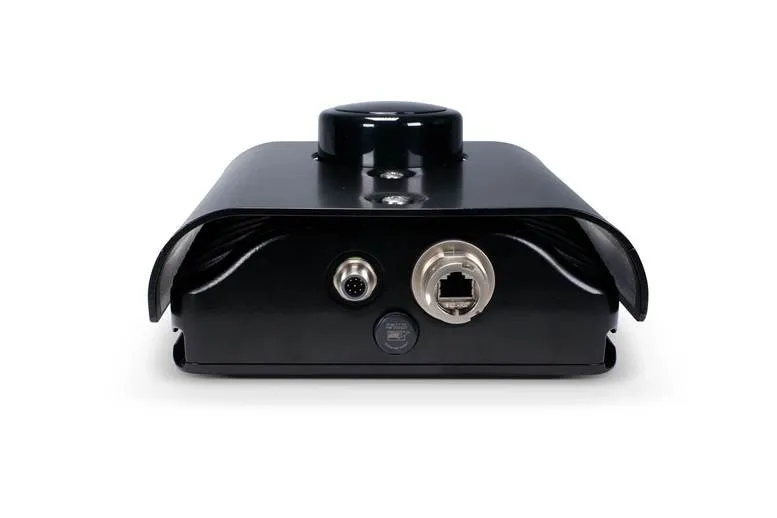Speed camera specialist Truvelo is launching its new VIA-Cam industrial spot speed camera at Traffex in April 2017. VIA-Cam is aimed at companies with an on-site speeding problem and who need a permanent camera capturing images of vehicles exceeding the speed limit. These include car manufacturers, airports, oil refineries, steel and chemical plants, ports, quarries and distribution centres.
VIA-Cam comprises a high definition camera, radar unit and IR lighting module, housed in a modern compact weathe
February 9, 2017
Read time: 2 mins
Speed camera specialist 143 Truvelo is launching its new VIA-Cam industrial spot speed camera at 136 Traffex in April 2017. VIA-Cam is aimed at companies with an on-site speeding problem and who need a permanent camera capturing images of vehicles exceeding the speed limit. These include car manufacturers, airports, oil refineries, steel and chemical plants, ports, quarries and distribution centres.
VIA-Cam comprises a high definition camera, radar unit and IR lighting module, housed in a modern compact weatherproof enclosure. Features include the ability to cover two lanes and to offer front and rear photography, providing the option of simultaneous bi-direction speed enforcement, enabling a single camera to capture speed offences in either direction, by mixing front and rear photography at the same location.
The camera provides a single JPEG image per offence, complete with time, date, speed, direction of travel data. Images can be transferred via 3G to a back office PC or retrieved by means of a laptop. Several cameras can be net-worked together, making it easy to monitor speeds at a large site, or even across multiple sites. If required, the back office can be hosted in the cloud, meaning that cameras can be configured and offences can be viewed from any web-facing PC.
VIA-Cam comprises a high definition camera, radar unit and IR lighting module, housed in a modern compact weatherproof enclosure. Features include the ability to cover two lanes and to offer front and rear photography, providing the option of simultaneous bi-direction speed enforcement, enabling a single camera to capture speed offences in either direction, by mixing front and rear photography at the same location.
The camera provides a single JPEG image per offence, complete with time, date, speed, direction of travel data. Images can be transferred via 3G to a back office PC or retrieved by means of a laptop. Several cameras can be net-worked together, making it easy to monitor speeds at a large site, or even across multiple sites. If required, the back office can be hosted in the cloud, meaning that cameras can be configured and offences can be viewed from any web-facing PC.









